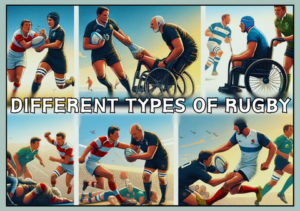If you were to ask a rugby fan in the UK or Australia if they like rugby, they will probably respond with – the union or league? Well, for most fans around the world, rugby is a full-contact sport. But for die-hard fans in the countries above, there are two codes – rugby league vs union with different rugby history. Want to know the difference between rugby league and union?
When were the first rugby rules written?
The first Rugby Laws were officially written in 1845 by 3 Rugby School students.
When did rugby officially become an international game?
Although rugby had been played in several countries for some time, it was not international game until 1900.
Do the rugby union and league have different playing styles?
Yes, the two sports have different playing styles due to the different number of players and rules. Rugby union tends to be more focused on set-piece plays and strategy, while rugby league is known for its fast-paced, high-scoring action.
Is there a difference in the number of players in rugby league and union?
Rugby union is played by 15 people at a time, whereas league is played by 13. So the number of players is different, but in both they are divided into forwards and backs.
Can players switch between rugby league and union?
It is possible for players to switch between rugby league and rugby union, but it can be difficult due to the differences in rules and playing styles. Some players have successfully made the switch, however, including Sonny Bill Williams and Jason Robinson.
Want to find out what is rugby union and what is rugby league? Well, you’ve come to the right place because that’s exactly what we are going to do.
What is Rugby Union?
Rugby Union is a contact sport played without protective gear. Commonly referred to as rugby, the sport is usually played around the world and players are always renowned for speed, and strength.
The full-contact sport involves 15 players on each team with 7 substitutes on the bench. Players simply run with the oval-shaped ball in hand on a rectangular field called a pitch. They can either run towards one of the two H-shaped goalposts at both ends of the pitch.
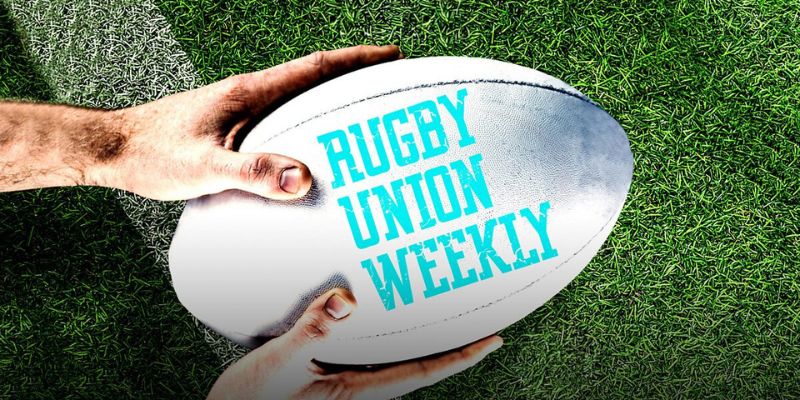
As aforementioned, a maximum of 15 players on each team can play rugby union at any one time. In the game, the positions are usually divided into forwards and backs. The forwards are 8 players who take part in the scrum. This is because they are bigger and stronger.
The backs usually play behind the forwards and are faster and lightly built. They are skillful at kicking and passing.
The aim of rugby union is to score through penalty kicks, conversions, drop goals, and tries. At the end of a rugby game, the officials total the scores. If the scores are level, the rugby union ends in a draw.
Rugby is usually played by people of all ages, genders, and sizes. In 2014, more than 6 million were playing rugby worldwide. Of these, 2.6 million were registered players.
Rugby Union History
Legend has it that rugby union originated at Rugby School in Warwickshire, England. It was in 1823 when William Webb Ellis, a student at Rugby School picked up a ball during a school football game and ran towards the goal. Due to his action, Elliss created the distinct handling game of rugby union.
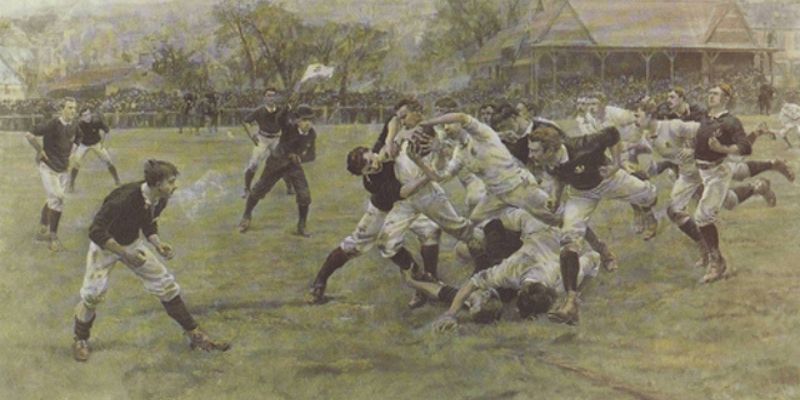
However, its believed that students played at the school in some variety for around two centuries before the events of 1823. Back then, new cohorts brought in new rules for the game.
According to history, three boys from Rugby School wrote the first official rules of rugby union in 1845. From here, the game of rugby spread far and wide with many schools and universities playing the sport.
The schools learned about the game through word of mouth and even from Rugby School students arriving at universities. Due to its rising popularity, a couple of people formed the Rugby Football Union in 1871. Shortly afterward, they played the first-ever international match of rugby.
It took place in Edinburgh where Scotland beat England by a conversion and two tries against England’s one try. Despite playing the international match, it was until 1900 that the game went truly international.

Countries such as Germany and France started to put together national teams. The amateur side of the game also started experiencing lots of participation. It was this popularity that saw several clubs popping up around the world.
What is Rugby League?
Like rugby union, rugby football league is also a full-contact sport played on a rectangular field with an oval-shaped ball. However, a rugby league has 13 players compared to the 15 players in a rugby union. As a contact sport, a game of rugby league requires courage, strength, a willingness to take a hit, strength, and speed.
While speed and strength are obvious advantages, the players have to be multi-skilled. Basically, players must be able to handle the ball, kick and run well. To win, skills and tactics play a crucial role in the game.
A single match of rugby league lasts 80 minutes and consists of two halves of 40 minutes each. Controlled by the referee and two touch judges, the game of rugby also has added time for injury.
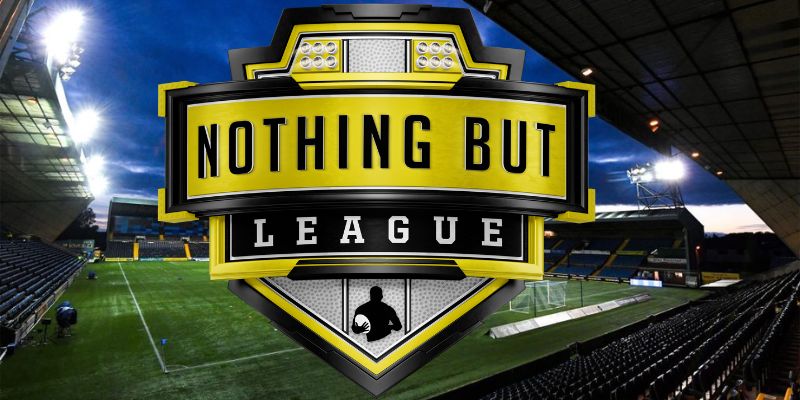
Like rugby union, the objective of the game is to score as many points as possible. The team that scores the highest number of points wins the match. Players can score points via goals or tries.
Rugby League History
In 1895, the world of rugby was under the Rugby Football Union in England. Before the breakaway, teams played under one unified rugby code. However, one side became disgruntled
The disgruntled side had become frustrated with the Rugby Football Union rules. The rules prevented them from paying their players for their time off work or when absent from work as a result of injuries.
Twenty one clubs broke away from the Rugby Football Union in 1895, and they went on to form the Rugby League. However, it was not until 1922 that the clubs adopted the name Rugby League plus their set of rules. Today, rugby league is now played in more than 30 countries worldwide.
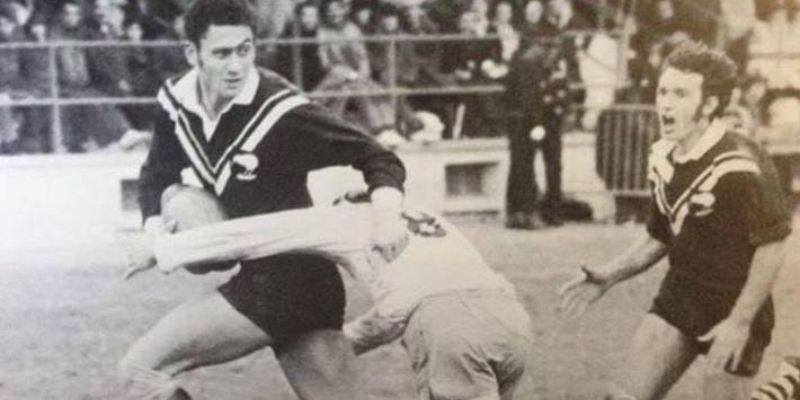
Difference Between Rugby League and Union
So, what about difference between Rugby League and Union? Rugby Union is the older of two codes with the Rugby Football Union formed in 1871. The rugby league was formed in 1895 after breaking away from the Rugby Football Union.
The split between the two happened when Yorkshire and Lancashire clubs wanted to compensate their players for missing work. However, the RFU was against it.
Rugby union pitches measure a maximum of 144 m by 70 m, while rugby league pitches measure a maximum of 122 m by 68 m. Despite the differences in pitch sizes, both union and league teams can play on the same pitches.
In rugby union, the teams have 15 players with 7 to 8 substitutes whereas in the rugby league, each team has 13 players. However, in both the union and league, the players are usually divided between forwards and backs.
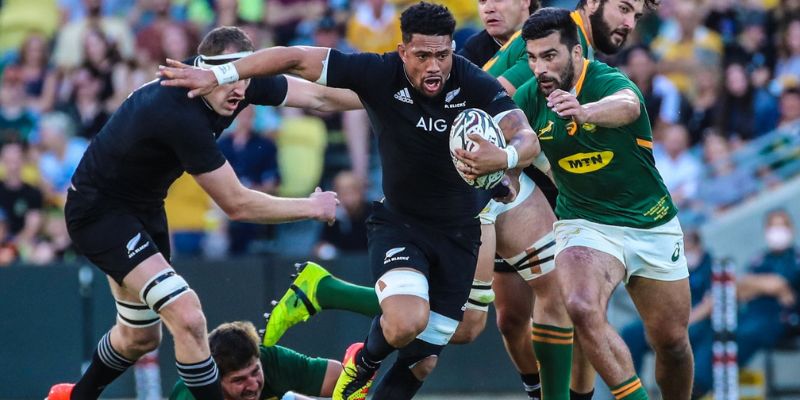
Rugby union is usually seen as a middle-class game, while the rugby league is always seen as a working-class game. This is particularly the case in Australia, the UK, and New Zealand.
I there any more difference between Rugby League and Union? Yes, another major difference between rugby union and rugby league is the scoring system. In rugby union, if a player scores a try, the team gets five points and a further two points for a conversion. A penalty kick and a drop goal are each three points.
In rugby league, tries are usually worth four points, while conversions are worth two points each. When it comes to drop goals, they are worth a point, while penalty kicks are worth two points.

Conclusion
Now you have a better understanding of the difference between rugby league and rugby union. Also now you know about rugby union history and rugby league history. But which is better? Rugby union requires more strategy and control with teams managing possession more carefully.
In rugby league, the game is fast-paced, and teams are usually incentivized to make more attack plays and use their possession. Globally, rugby union is more popular than rugby league. However, in Australia and New Zealand, rugby league is more popular.





